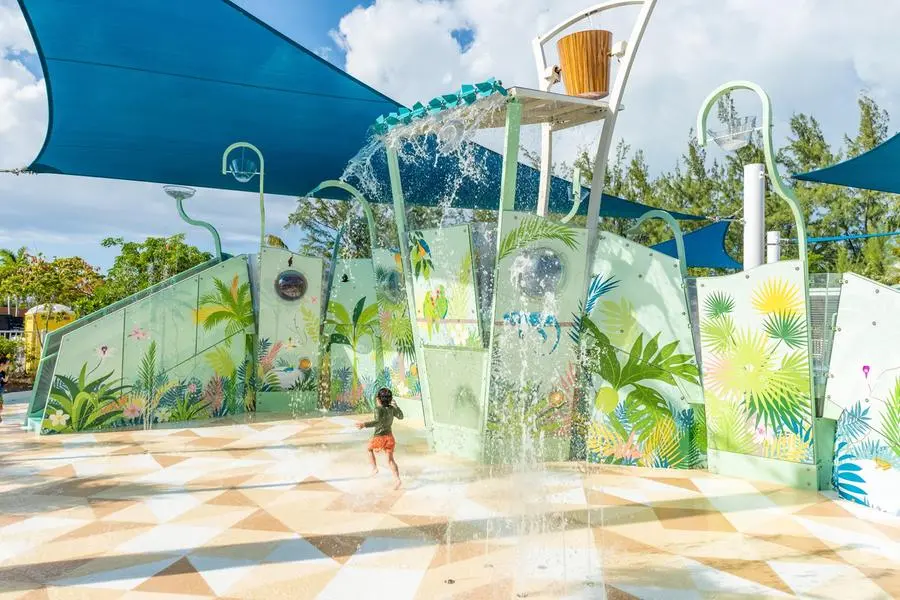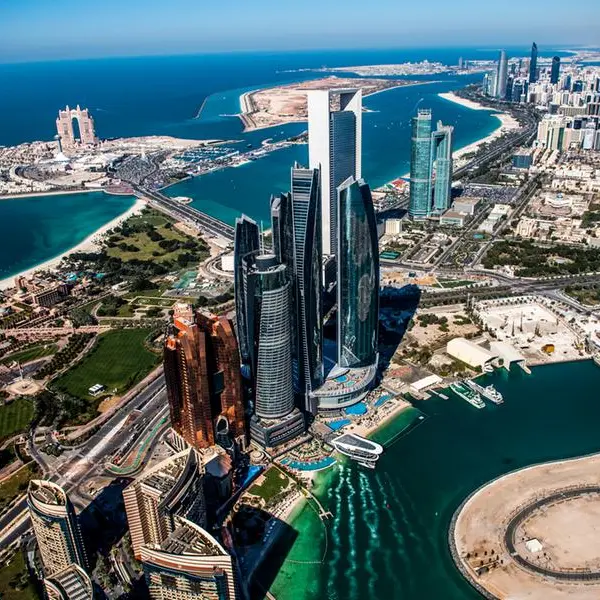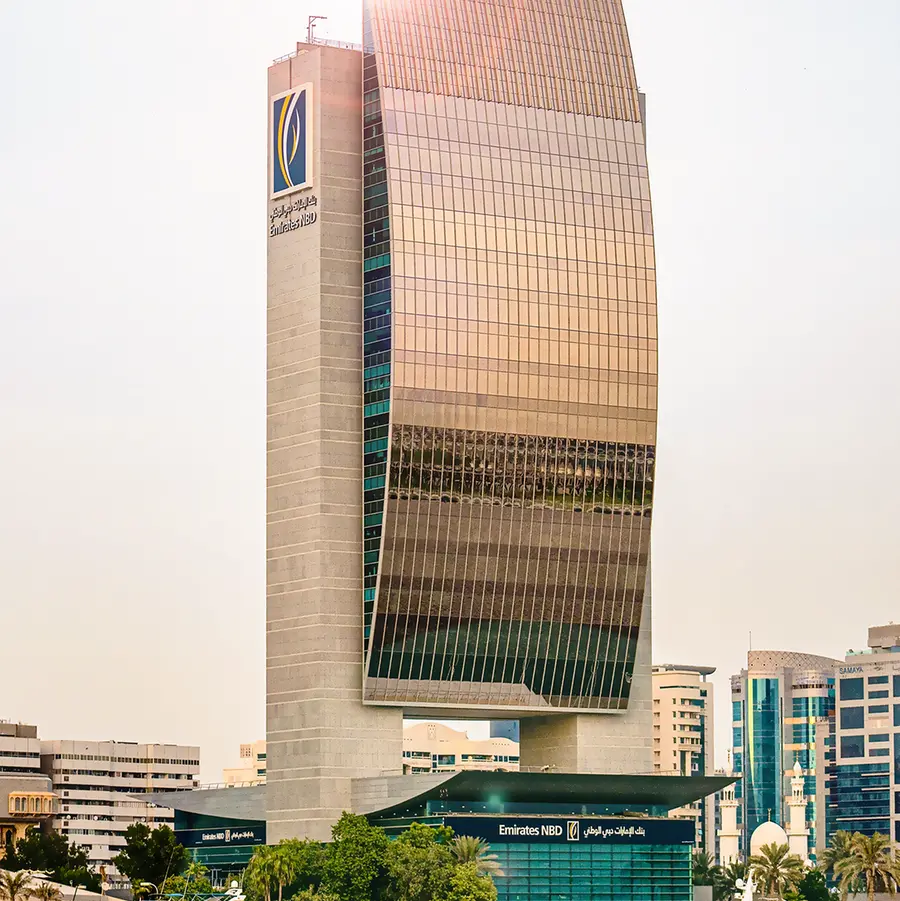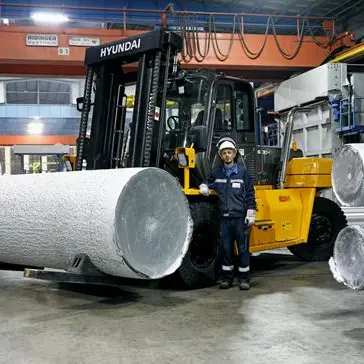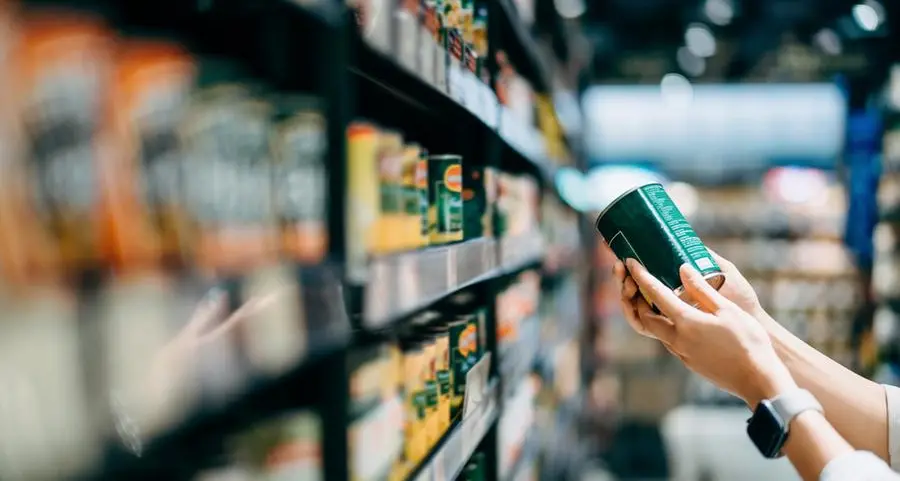PHOTO
Jeddah: Sustainability is going to be a growing area of importance in the Kingdom of Saudi Arabia as the country works to welcome 100 million visitors annually by 2030. With 80% of consumers viewing sustainable travel as important, and 76% wanting to travel more sustainably in the next year, it is going to be crucial for new entertainment venues to build attractions that do not have a negative impact on the environment. After over 40 years in designing and manufacturing water parks and attractions, WhiteWater outlines some of the best ways to make sure sustainability is integrated from the very beginning of a new development.
Smart Design Solutions for Water Conservation
Starting at the beginning of development before the rides are selected, WhiteWater recommends designers look at the site-specific information to identify how they can work effectively with mother nature. For example, the park's location significantly influences its sustainability. Integration of strategic shading, such as trees or nearby structures, can effectively reduce water evaporation. Likewise, natural cooling methods can be employed by considering wind and solar orientation during park design. These vital considerations must be integrated from the park's inception, influencing landscape design and ride placement.
Future-Proofing Your Park with Sustainable Purchasing
Incorporating sustainability criteria into the tendering phase is not only a practical approach but also a strategic one, ensuring that suppliers prioritize efficiency and environmental consciousness throughout the development process. In water parks, it’s important to know the quality of the fiberglass you are purchasing as the raw materials matter when it comes to longevity. While coatings may need to be maintained, you want the fiberglass and the resins that create the slide structure itself to be high quality and fabricated to written specifications, so they don’t need to be replaced and last you a long time instead of ending up in the landfill.
Jeremy Gray, in emphasizing the importance of long-term sustainability considerations, underlined the need for a comprehensive approach saying, “one piece of advice we often give developers is to make sure they aren’t sacrificing the future viability of a park for short-term appeal.” Gray continued, “It is important to look holistically to guarantee sustained success. Given the dynamic nature of water park construction, it's imperative to remain adaptable and responsive to evolving sustainability practices. Projects often undergo significant transformations over time, presenting valuable opportunities to integrate new technologies and sustainable practices that conserve resources and energy. Establishing a contingency budget dedicated to furthering sustainability efforts can not only yield long-term cost savings but also contribute to significant environmental benefits. Even seemingly minor decisions, such as carefully selecting deck materials to mitigate heat absorption, can have profound implications, especially in regions with hot climates.”
Ride Selection to Optimize Water & Energy Usage
Once a water park fills its pools, which entails a one-time investment, these venues consume under 5% of their water daily. The primary challenge lies in addressing water consumption, which necessitates replenishing the water lost during operations. Without careful management, this recurrent expense impacts various facets of park operations, including chemicals, systems, power, and drainage. When it comes to ride selection, there are several choices that can help booster environmental efforts. For instance, many water slides have the option of ending in run-out lanes rather than an exit pool, which uses a smaller volume of water. For inner tube or family raft slides that terminate in run-out lanes, WhiteWater has a patent-pending to patented lane terminations to contain wave splash over and provide guests with safe and convenient exit points. Moreover, WhiteWater’s splash toys include interactive activator elements that switch the water on when a guest wants to play with it, so water is not constantly running.
According to Jeremy Gray, VP of Business Development at WhiteWater, “Addressing both visible and invisible sustainability aspects is essential. While water and energy usage are apparent concerns, many developments forget that there are other practices that can easily be implemented, such as creating windbreaks to reduce evaporation. Smooth water surfaces contribute to lesser evaporation rates, thereby reducing the need for frequent water replacement.”
Building A Culture of Sustainability
A well-crafted sustainability communication strategy can bring about a host of advantages, including internal engagement, improved staff retention, and the attraction of talent that shares your organization's values. Consider the example of Aquaventure Waterpark at Atlantis Resorts Dubai, which recently launched the Atlantis Atlas Project to underscore its commitment to environmentally responsible practices. This comprehensive initiative encompasses various sustainability endeavors, from responsible operations to marine conservation and environmental education. By actively involving team members in activities such as mangrove planting and beach cleanups, Aquaventure fosters a culture of environmental stewardship among its staff.
From a consumer standpoint, effective sustainability communication can also attract new patrons and foster positive brand connections. However, the credibility of such communication is paramount. The Atlantis team provides guests with immersive experiences through marine education programs, enabling them to witness firsthand the park's conservation efforts. Transparency and authenticity are key in conveying sustainability achievements to stakeholders, helping to avoid greenwashing and earn trust. Companies that prioritize transparency, authenticity, and meaningful action in their sustainability endeavors are better positioned to contribute meaningfully to a greener future.
Towards a Greener Future
Sustainability is a considerable part of Saudi Arabia’s Vision 2030 as the Kingdom strives towards a net zero future by 2060. With a commitment to clean energy and sustainability, the Kingdom is leading the charge in tackling energy and climate challenges, transforming cities, and elevating quality of life by introducing sustainable practices. As the country continues to develop its entertainment sector, it will be important for developments to be integrating sustainability from the very beginning, ensuring fun today doesn’t sacrifice fun tomorrow.
About WhiteWater
WhiteWater was born in 1980 with one clear purpose, to create places where families unite and make joyful lasting memories.
We achieve this by standing alongside our customers from concept to completion of award-winning attractions, from slides to water rides and everything in between. We aim to inspire our clients by unleashing our creativity to realize their ambitions; we craft solutions which make each park unique. We are dedicated to making products that operators can count on, because we understand the importance of reliability and efficiency on the bottom line.
As market leaders, we put our success down to our attitude, in all our years we’ve never once forgotten why we’re here – to help parks solve problems, create immersive experiences, and delight guests all over the world.
We’re here to create places where fun can thrive.
For More Information:
Abdullah Inayat
W7Worldwide Marketing Communications Consultancy Agency
Media Relations Director
a.inayat@w7worldwide.com
